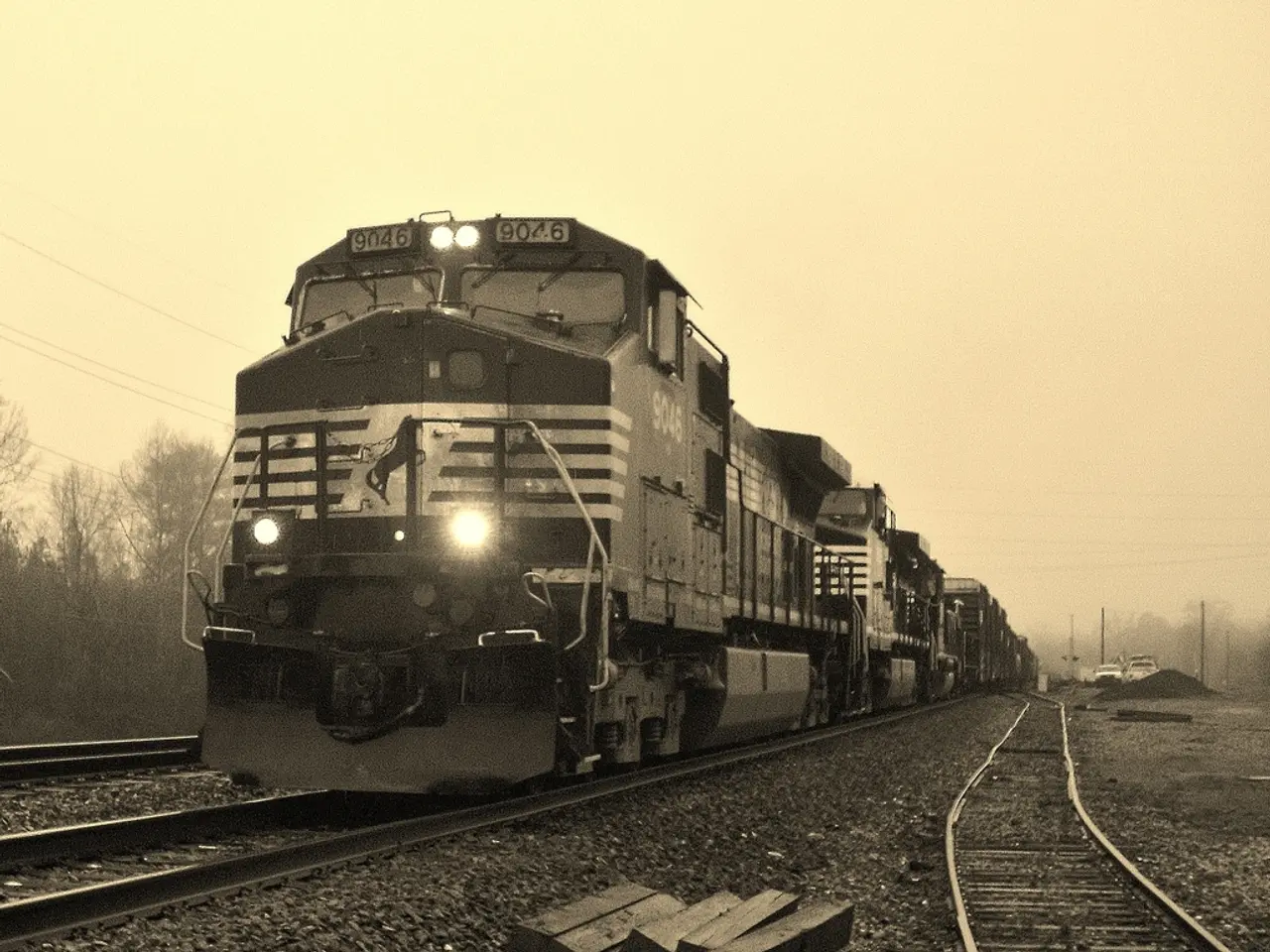Digital Customs Processing and Smart Ports innovative approach by Estonia in Transport Logistic 2025
Estonia is making a significant impact in the logistics industry by serving as a pilot region for innovative digital solutions. At the upcoming Transport Logistic 2025 event, Estonian companies and associations will showcase a variety of logistics solutions in Hall B4, Stand 205.
Estonia's role as a pioneer in digital logistics is underpinned by advanced digital infrastructure, such as the government-backed X-Road platform, which connects over 450 public and private entities, enabling automated customs clearance and streamlined trade flows. The country is also actively piloting the European Union’s electronic Freight Transport Information (eFTI) requirements ahead of the 2027 deadline, preparing carriers for paper-free, streamlined cross-border trade.
The use of IoT sensors and cloud monitoring in temperature-controlled logistics is another key area where Estonia is leading the way. This technology helps ensure compliance with Good Distribution Practice (GDP), reducing spoilage for sensitive goods like pharmaceuticals and seafood.
Estonia's digital-first business environment, where nearly all public services are online and digital signatures are legally binding, creates a seamless ecosystem for logistics companies. Its e-Residency program facilitates cross-border business establishment and operation, enhancing international collaboration in logistics.
Strategic positioning and infrastructure development, such as projects like Rail Baltica and investments in the Port of Tallinn, also play a crucial role in Estonia's digital logistics advancements. These initiatives improve freight throughput and offer diversified, sanction-safe routes by shifting freight from road to rail-sea chains.
Estonia's agile environment allows for early implementation of innovations such as automated container transport. The country is collaborating with partners like HHLA Hamburg to integrate autonomous, remotely controlled terminal vehicles into daily operations.
The logistics industry is facing pressure from climate targets, new EU regulations, and geopolitical uncertainties. At Transport Logistic 2025, topics of interest include freight exchanges (digital), contract logistics (including e-fulfilment), and fleet management. Other companies focusing on fuel cells, workshop services, lighting (vehicles), and hydrogen will also be present.
Brabender is setting new standards for connected logistics at the event, while HUSS-VERLAG, Luftfrachtverkehr, and VISION mobility are among the companies focusing on various aspects of digital partnerships, smart transport, and supply chain planning, intermodal tank containers, and connected logistics.
The exhibition will feature solutions ranging from automated customs processes to autonomously operated vehicles. The Digital Logistics Centre of Excellence has developed the eFTI Gate to demonstrate a smarter way for cross-border goods traffic, reducing paperwork and language barriers.
Estonia's readiness to assist European partners in digital logistics is evident in the cross-border data flow tests conducted by the Estonian delegation. The goal is to achieve a degree of autonomy of 80 to 90 percent in port operations.
In summary, Estonia’s pilot role combines digital innovation, supportive infrastructure, regulatory foresight, and an enabling business environment to demonstrate effective digital logistics solutions that reduce costs, speed processes, and improve international freight coordination. More international news can be found at Transport Logistic 2025.
At Transport Logistic 2025, along with logistics solutions, there will be exhibitions focused on education-and-self-development, showcasing the latest trends in connected logistics and digital partnerships, such as Brabender setting new standards. In the realm of general-news, Estonia's e-Residency program will also be highlighted for its role in facilitating cross-border business establishment, enhancing international collaboration.
Sports enthusiasts might find interest in the strategic positioning and infrastructure development projects in Estonia, like Rail Baltica and investments in the Port of Tallinn, which not only improve freight throughput but also offer diversified, sanction-safe routes, much like a well-planned sports strategy.







